Tortoises make fascinating and rewarding pets for those with the patience and dedication to care for these long-lived reptiles. Unlike their aquatic turtle cousins, tortoises are land-dwelling creatures with distinct dome-shaped shells and elephant-like feet. Each species brings its own unique characteristics, care requirements, and personality traits to the table. Whether you’re considering your first tortoise or adding to your collection, understanding the differences between breeds can help you make an informed decision about which shelled companion might best suit your lifestyle. From the pocket-sized Russian tortoise to the substantial Sulcata, these gentle reptiles offer decades of companionship and observation opportunities for the dedicated keeper.
1. Russian Tortoise (Testudo horsfieldii)
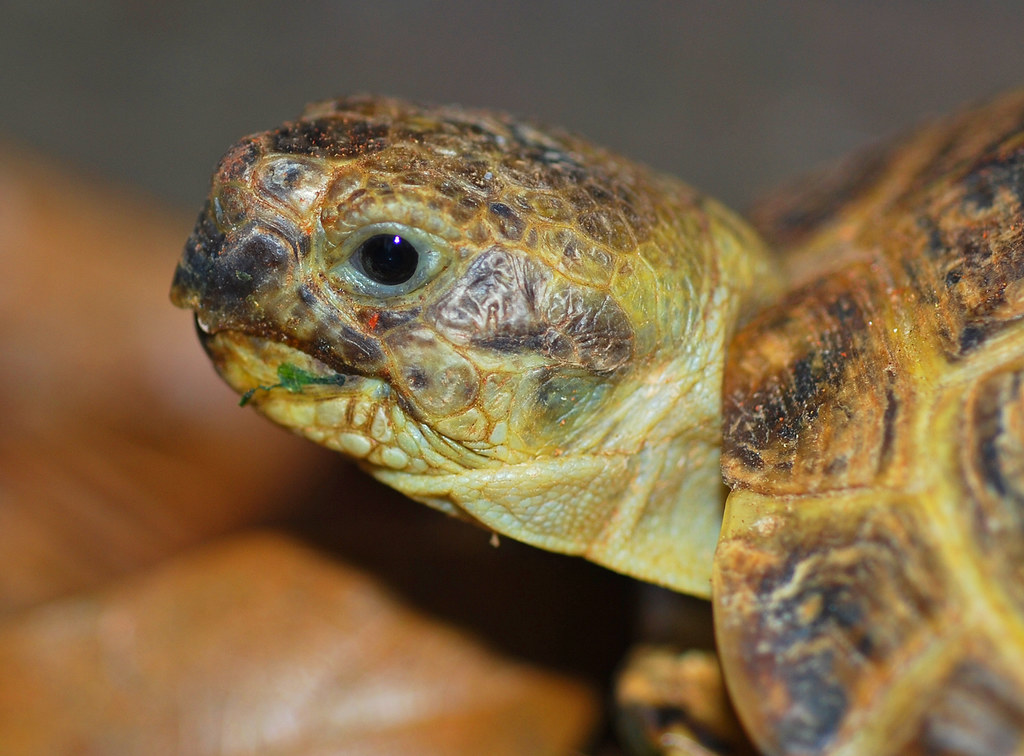
The Russian tortoise, also known as the Horsfield’s tortoise, is one of the most popular pet tortoises due to its manageable size and relatively simple care requirements. Adults typically reach only 8-10 inches in length, making them ideal for keepers with limited space. These hardy tortoises are known for their active, curious nature and surprising climbing abilities despite their stocky build. Native to arid regions of Central Asia, Russian tortoises have adapted to survive harsh winters by hibernating naturally, though this is optional in captivity with proper temperature regulation. Their distinctive features include four toes on each foot (unlike five in most other tortoises) and a slightly flattened carapace with olive-to-brown coloration.
2. Greek Tortoise (Testudo graeca)
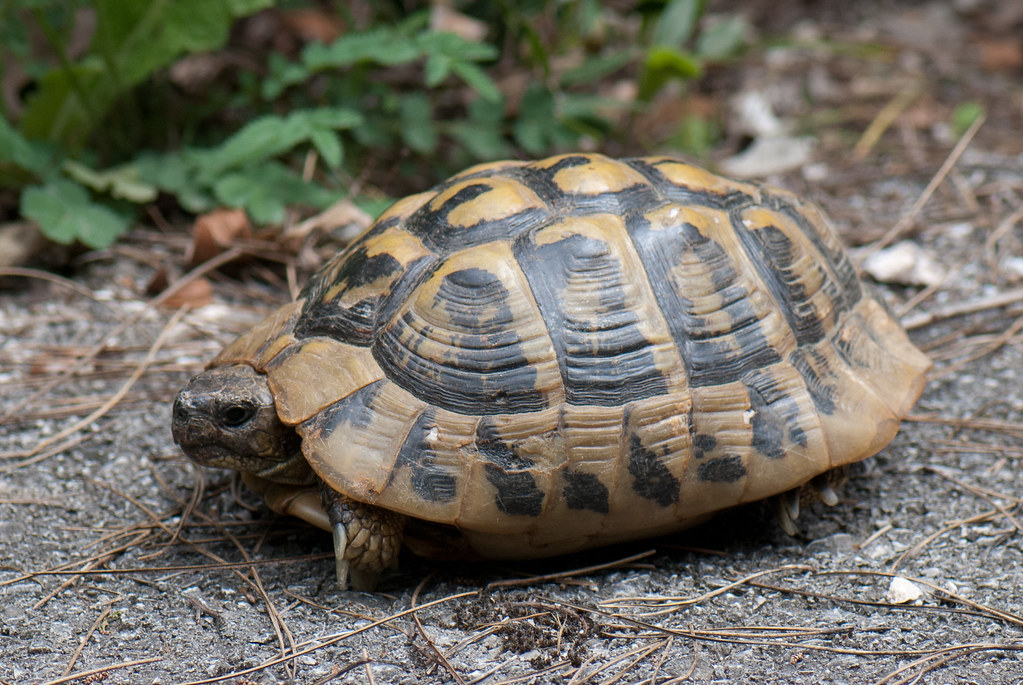
Greek tortoises exhibit remarkable variation in shell pattern and coloration, making each individual truly unique among its species. These medium-sized tortoises typically grow to 5-8 inches for males and 8-10 inches for females, displaying significant sexual dimorphism. Greek tortoises possess distinct personality traits, often being described as personable and engaged with their keepers, sometimes even approaching humans for interaction or food. Their native Mediterranean habitat influences their care requirements, as they thrive in dry environments with moderate humidity and appreciate a diet rich in fibrous greens and wildflowers. The shell (carapace) of a Greek tortoise features beautiful geometric patterns with dark borders around each scute, creating a striking mosaic-like appearance that enhances their appeal as pets.
3. Hermann’s Tortoise (Testudo hermanni)
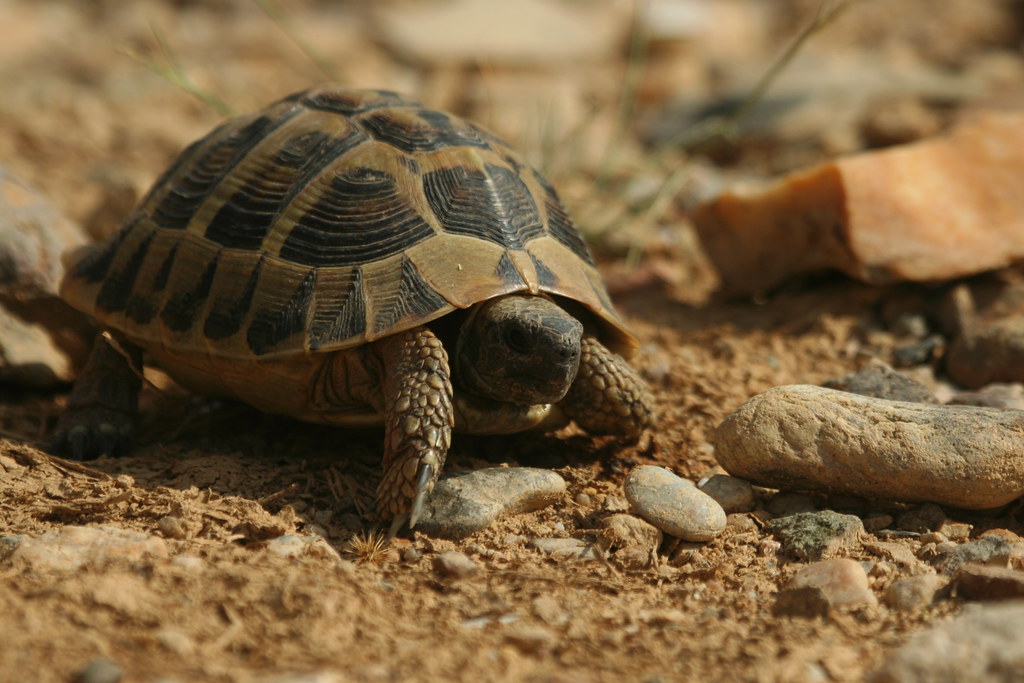
Hermann’s tortoises are distinguished by their striking yellow-and-black carapaces and the distinctive horn-like projection at the tip of their tails. These European natives are divided into two subspecies: the Western Hermann’s (T.h. hermanni) and the Eastern Hermann’s (T.h. boettgeri), with the Western variety being slightly smaller and more vibrantly colored. Reaching lengths of 5-11 inches depending on subspecies and sex, these tortoises are known for their intelligent, curious demeanor and tendency to form strong bonds with their caretakers. Hermann’s tortoises require outdoor enclosures whenever possible, as they benefit tremendously from natural sunlight and the opportunity to graze on natural vegetation. Their distinctive feature is the divided supracaudal shield (the scute above the tail), which appears as two separate plates rather than one unified plate as seen in most other Mediterranean tortoises.
4. Sulcata Tortoise (Centrochelys sulcata)
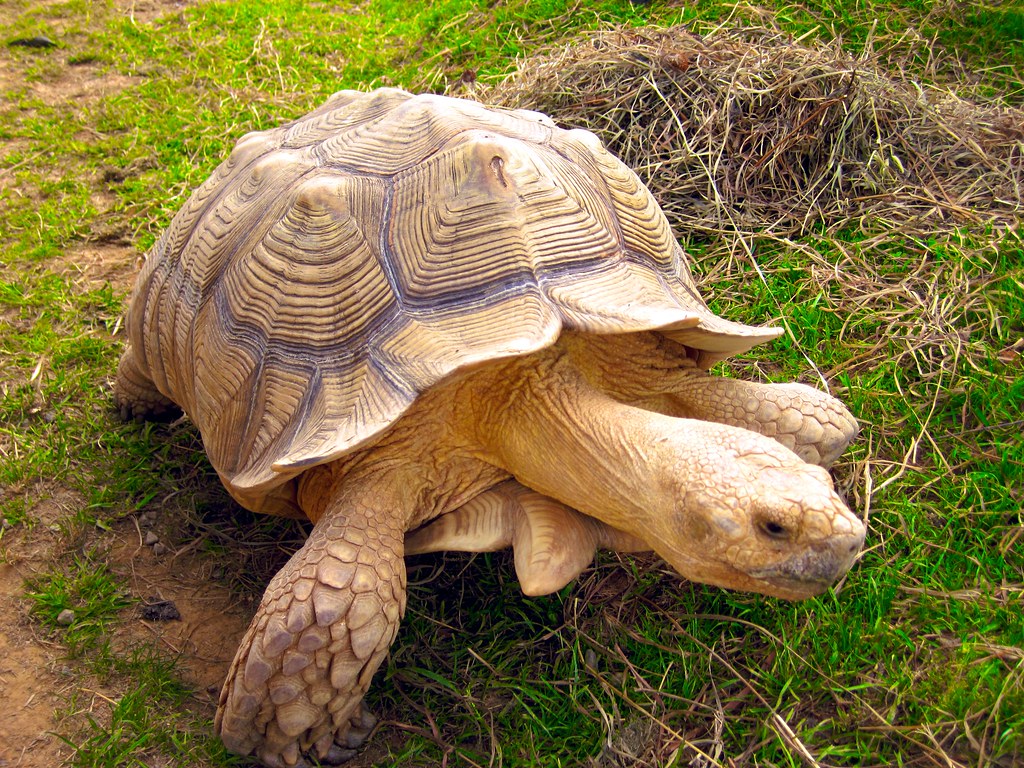
The Sulcata tortoise, or African spurred tortoise, is the third-largest tortoise species in the world and the largest mainland tortoise, making it a significant commitment for potential owners. These gentle giants can reach lengths of 24-30 inches and weights exceeding 100-200 pounds when fully mature, requiring extensive space and robust housing. Native to the southern edge of the Sahara desert, Sulcatas have evolved remarkable adaptations for arid environments, including the ability to dig extensive burrows to escape extreme temperatures. Their distinctive cream to yellowish-brown shells feature pronounced growth rings that create raised ridges, and their front legs display prominent spurs that give them their alternative name. Sulcatas are known for their surprisingly social and personable nature, often recognizing their caretakers and exhibiting dog-like behaviors such as coming when called or following their owners around the yard.
5. Leopard Tortoise (Stigmochelys pardalis)
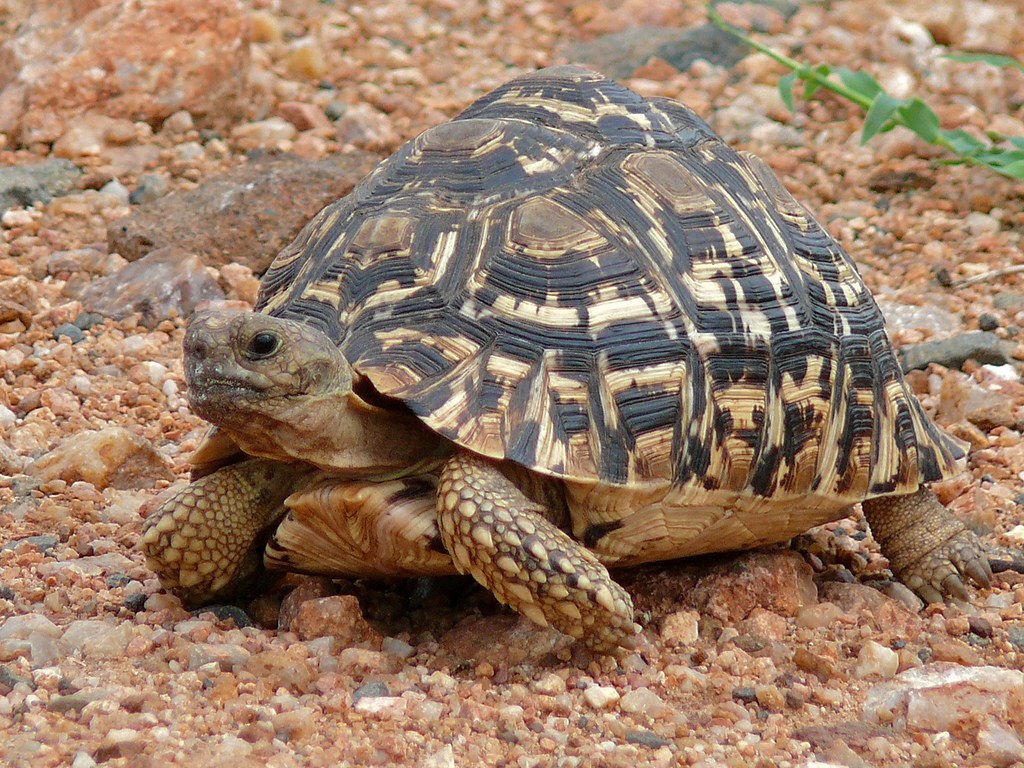
The Leopard tortoise earns its name from the striking spotted pattern adorning its high-domed shell, which resembles the rosettes on a leopard’s coat. As Africa’s second-largest tortoise species, they can reach impressive dimensions of 10-18 inches for most captive specimens, though wild individuals occasionally grow larger. Unlike many other tortoise species, Leopard tortoises rarely attempt to dig burrows, instead sheltering in abandoned mammal burrows or dense vegetation during temperature extremes. Their unique pyramiding shell pattern not only provides aesthetic appeal but serves as a practical adaptation that strengthens their carapace against predators while allowing efficient heat regulation in their native savannah habitats. These tortoises possess a remarkably peaceful temperament, rarely showing aggression even when handled, making them excellent pets for families willing to accommodate their substantial space requirements.
6. Indian Star Tortoise (Geochelone elegans)
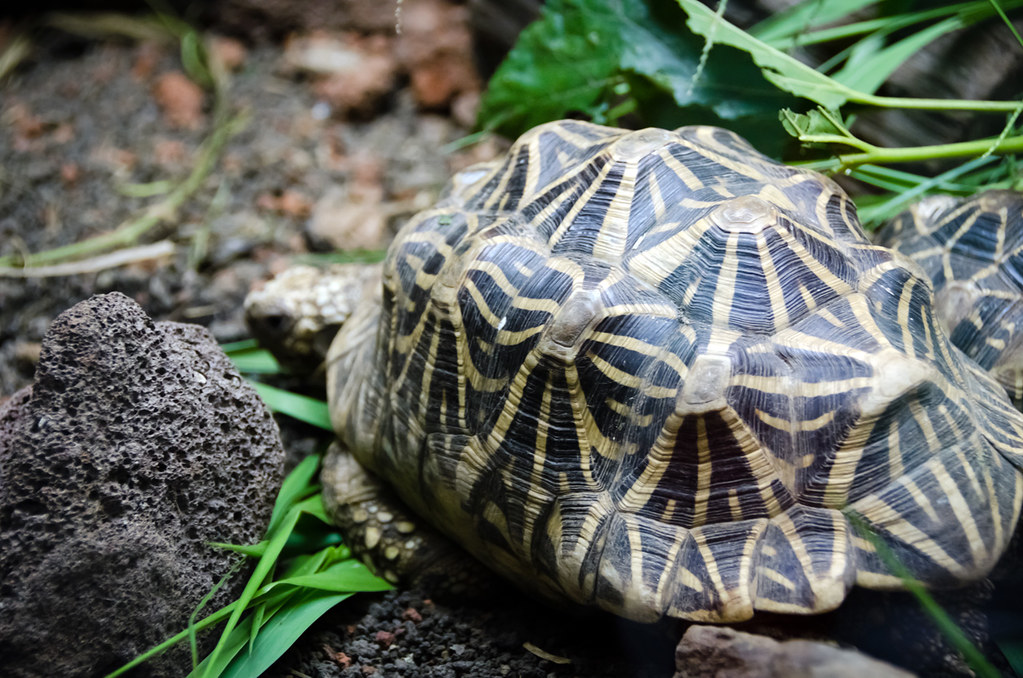
The Indian Star tortoise features one of the most ornate and geometrically stunning shell patterns in the tortoise world, with radiating yellow streaks forming star-like patterns against a dark background. These medium-sized tortoises typically reach 5-10 inches in length, with females growing significantly larger than males in a pronounced display of sexual dimorphism. Their highly domed carapace serves as an effective defense mechanism, making it difficult for predators to get their jaws around the shell or flip the tortoise over. Indian Star tortoises are known for their shy, sensitive nature, often taking time to acclimate to new environments and requiring gentle handling to build trust with their keepers. Their unique adaptation to monsoon climates in their native South Asia means they require periods of higher humidity than many other tortoise species, making proper enclosure design and environmental monitoring essential for their wellbeing.
7. Red-Footed Tortoise (Chelonoidis carbonaria)
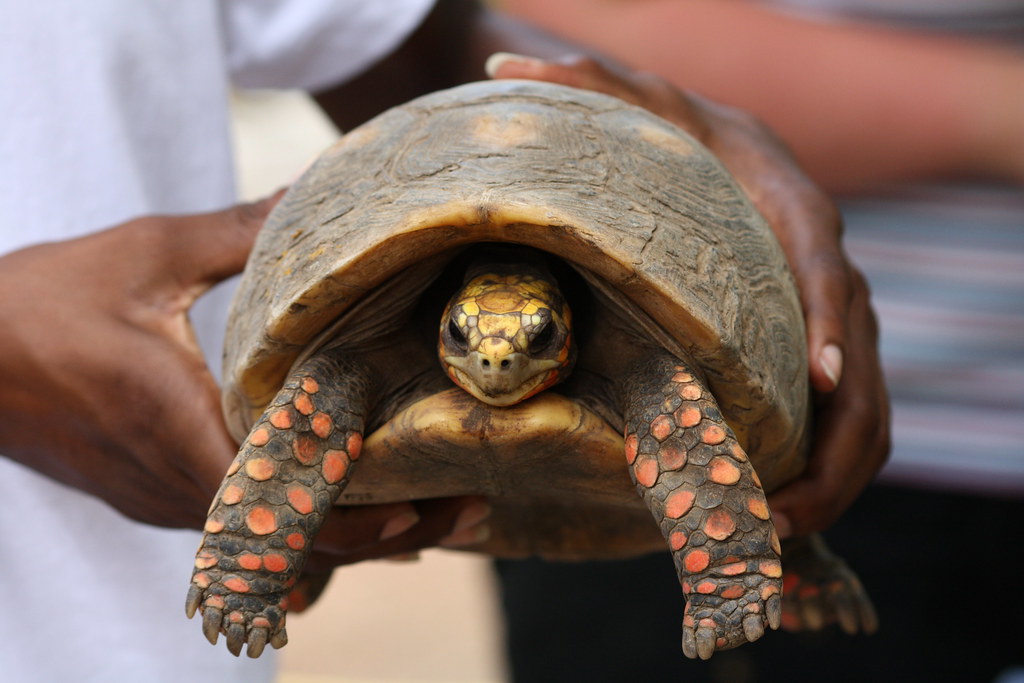
Red-footed tortoises are immediately recognizable by their distinctive coloration—bright red scales on their limbs and head that contrast dramatically with their dark carapace. These South American natives display considerable variation in shell pattern and coloration depending on their specific origin, with some showing yellow markings while others feature more orange or red highlights on their carapace. Unlike most pet tortoise species, red-footed tortoises are natural omnivores, requiring a more varied diet that includes not only vegetation but also occasional protein sources like earthworms or small amounts of cooked lean meat. Their unique intelligence is demonstrated through remarkable spatial memory, allowing them to create mental maps of their territory and remember locations of food sources for extended periods. Red-footed tortoises also exhibit fascinating social behaviors, occasionally gathering in groups in the wild and communicating through head movements and subtle vocalizations that set them apart from more solitary tortoise species.
8. Yellow-Footed Tortoise (Chelonoidis denticulata)
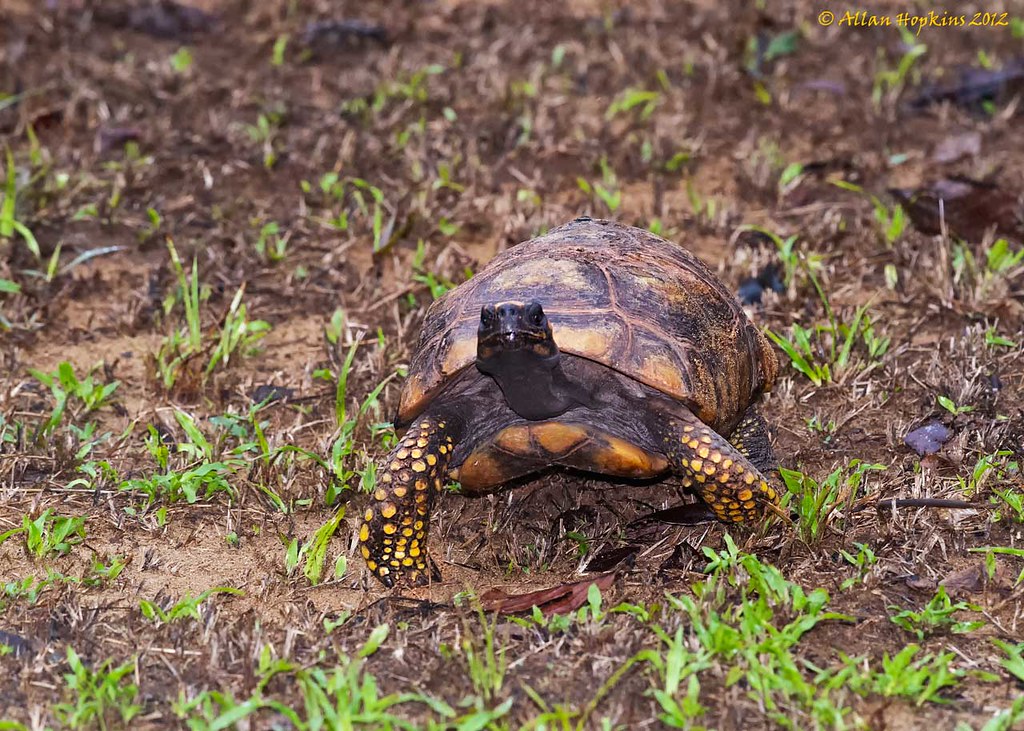
The Yellow-footed tortoise, closely related to the Red-footed tortoise, is distinguished by its larger size and the yellow or orange scales on its limbs rather than the bright red of its cousin. These impressive tortoises can reach lengths of 14-18 inches and weights of 20-35 pounds, making them one of the larger options for tortoise enthusiasts with adequate space. Native to the Amazon Basin and other South American rainforests, Yellow-footed tortoises require higher humidity levels than many other pet species, along with substantial environmental enrichment to satisfy their naturally curious and active nature. Their unique shell structure features a raised area over the neck (the nuchal scute), allowing them to extend their heads higher for better visibility in dense forest undergrowth. Yellow-footed tortoises display remarkable cognitive abilities, including recognizing their caretakers, responding to routine feeding schedules, and even showing preference for certain foods when offered choices.
9. Marginated Tortoise (Testudo marginata)
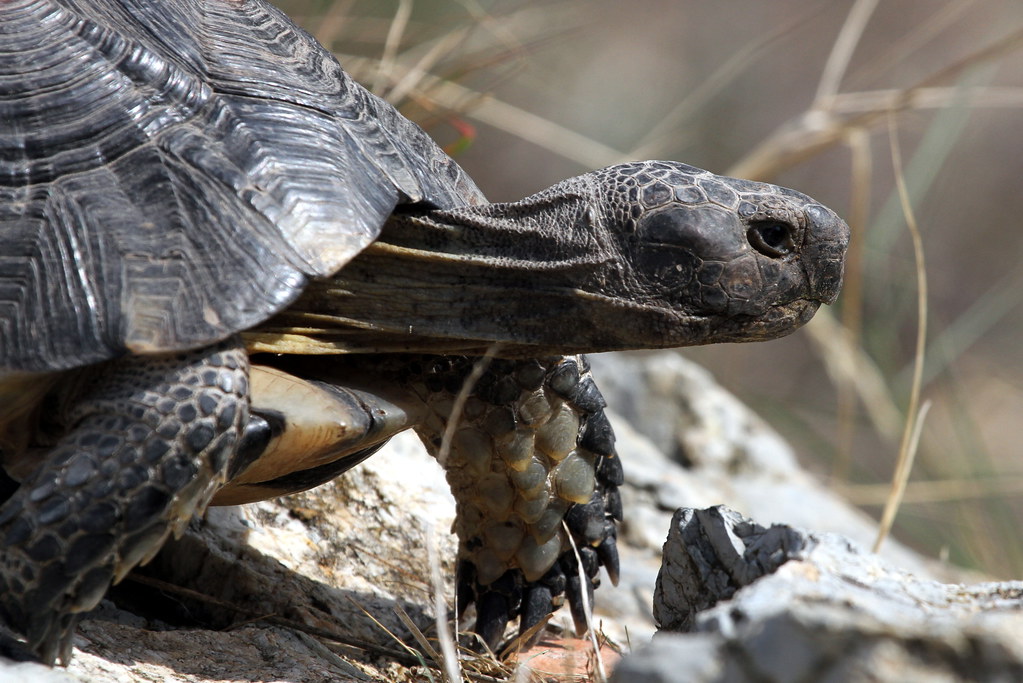
The Marginated tortoise is the largest European tortoise species, notable for its elongated shape and the distinctive flared rear edge of its carapace that resembles a skirt. Adult males can reach lengths of 14 inches or more, with females typically remaining somewhat smaller at 12 inches, creating an impressive presence in appropriate outdoor enclosures. Their most striking feature is the pronounced flaring and serration of the marginal scutes at the rear of the shell, which becomes more exaggerated as the tortoise matures, creating an unmistakable silhouette unlike any other pet tortoise species. Marginated tortoises display remarkable temperature tolerance, handling both hot Mediterranean summers and cooler winters, though they do require hibernation periods when kept in captivity. Their personality tends toward the shy and reserved end of the spectrum, often taking longer to become comfortable with handling than some other Mediterranean species, but with patience, they typically develop into calm, steadfast companions with impressive longevity potentially exceeding 100 years.
10. Pancake Tortoise (Malacochersus tornieri)
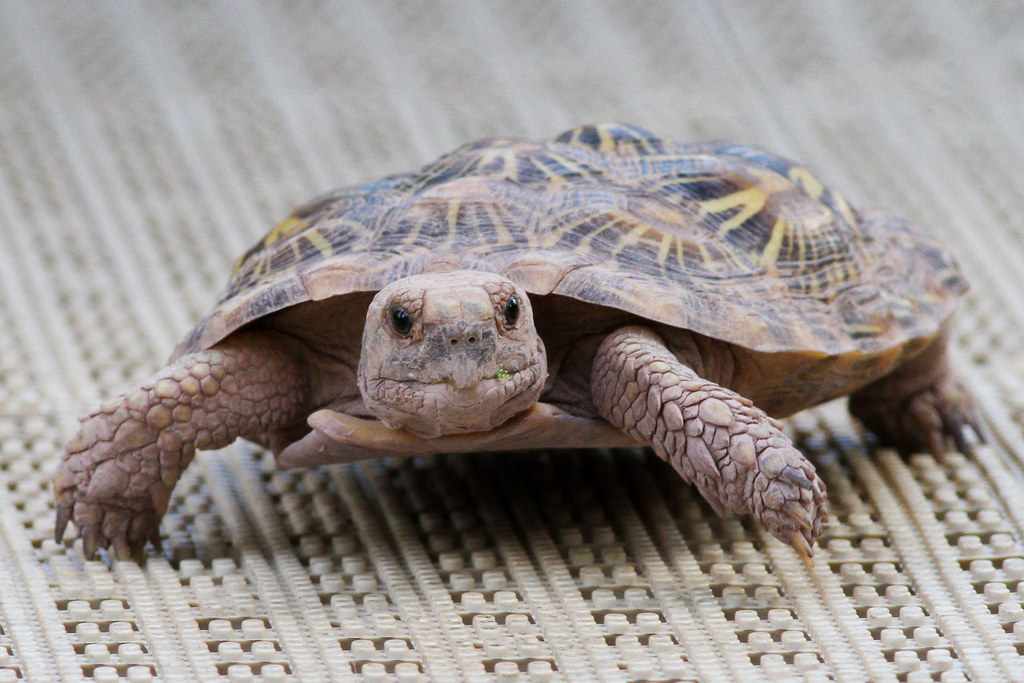
The Pancake tortoise represents one of the most unusual and specialized tortoise species available in the pet trade, with a remarkably flat, flexible shell that defies the typical tortoise blueprint. Unlike the solid, domed shells of other tortoises, the Pancake tortoise’s carapace contains numerous small openings in the bone structure, creating a lightweight, somewhat flexible shell that allows them to wedge themselves into narrow rock crevices for protection. These small tortoises rarely exceed 7 inches in length and weigh only 1-2 pounds, making them suitable for keepers with space limitations. Pancake tortoises compensate for their reduced shell protection with extraordinary agility and speed, capable of running faster than most other tortoise species and even climbing vertical rock faces in their native East African habitat. Their unique shell adaptation represents an evolutionary trade-off, sacrificing the protective dome of typical tortoises for the ability to exploit rocky habitats inaccessible to predators and other tortoise species.
Care Considerations for Pet Tortoises
![Morrocoy Sabanero [Yellow-footed Tortoise] (Geochelone carbonaria)](https://petsexotic.com/wp-content/uploads/2025/06/fcd5a9f5-1064-47df-adf1-7156b11afb33.jpg)
Despite their differences, all pet tortoise species share certain fundamental care requirements that prospective owners must understand before bringing one home. Proper housing requires both indoor and outdoor enclosures for most species, with secure boundaries to prevent escape and protection from predators and extreme weather. Nutrition forms a cornerstone of tortoise health, with most species requiring a high-fiber, low-protein diet consisting primarily of grasses, weeds, and select vegetables—though specific dietary needs vary significantly between species. Environmental requirements including temperature gradients, UVB lighting, and humidity levels must be carefully maintained according to the specific needs of your chosen species, often necessitating specialized equipment and monitoring tools. Perhaps most importantly, potential owners must consider the exceptional longevity of tortoises, with many species routinely living 50-100+ years, making them multigenerational commitments that may outlive their original keepers and require estate planning consideration.
Conclusion
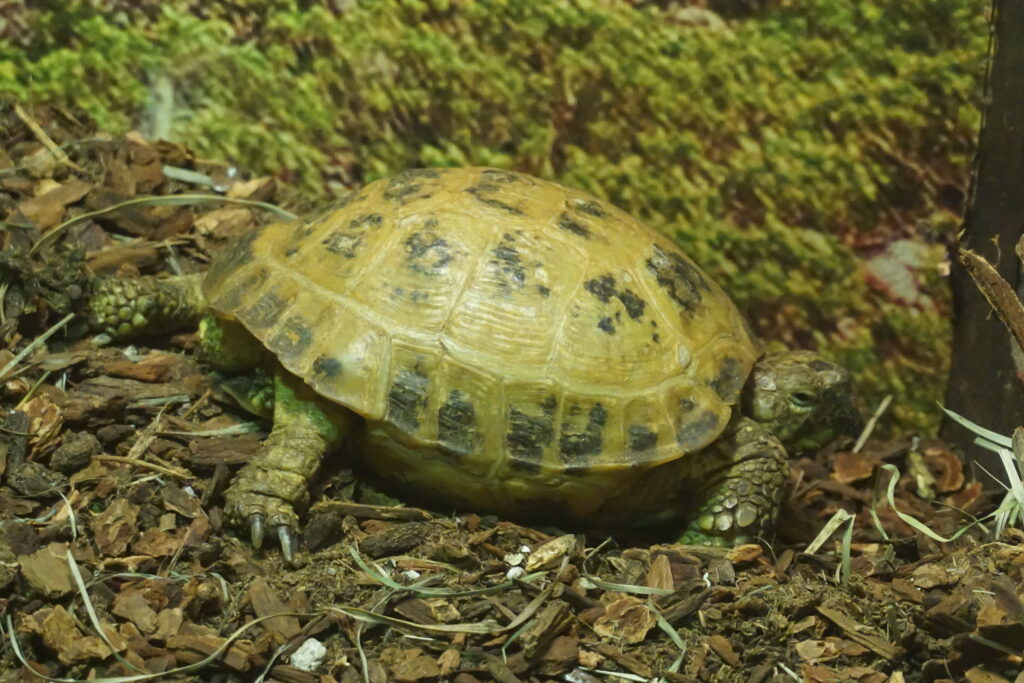
The diverse world of pet tortoises offers something for nearly every interested keeper, from the manageable Russian tortoise to the impressive Sulcata. Each species brings its unique characteristics, appearance, and personality to the relationship, rewarding careful owners with decades of companionship. Before selecting a tortoise species, prospective owners should thoroughly research specific care requirements, adult size, and longevity to ensure they can provide appropriate lifelong care. With proper housing, nutrition, and environmental management, these remarkable reptiles can thrive in captivity, offering a fascinating glimpse into their ancient lineage and forming surprisingly strong bonds with their human caretakers. Whether you’re drawn to the star-patterned elegance of the Indian Star tortoise or the prehistoric presence of the Sulcata, entering the world of tortoise keeping begins with understanding what makes each species unique and special in its own right.


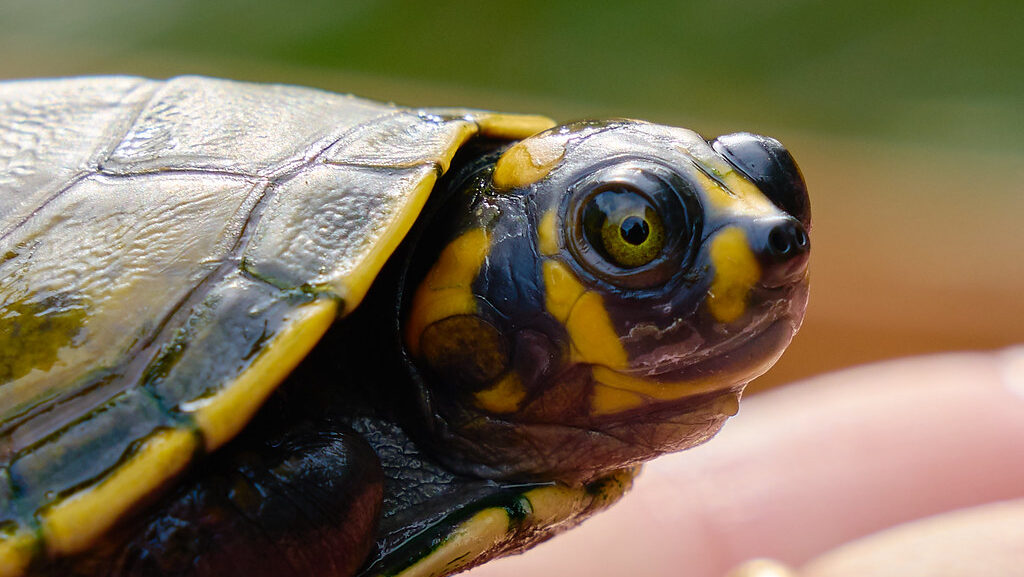
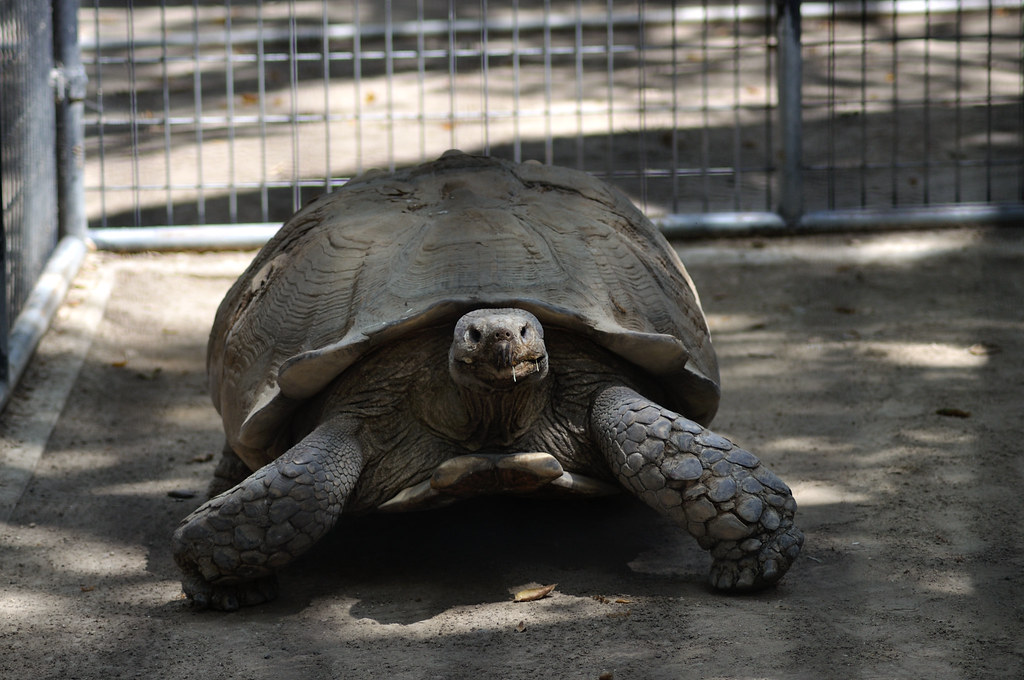
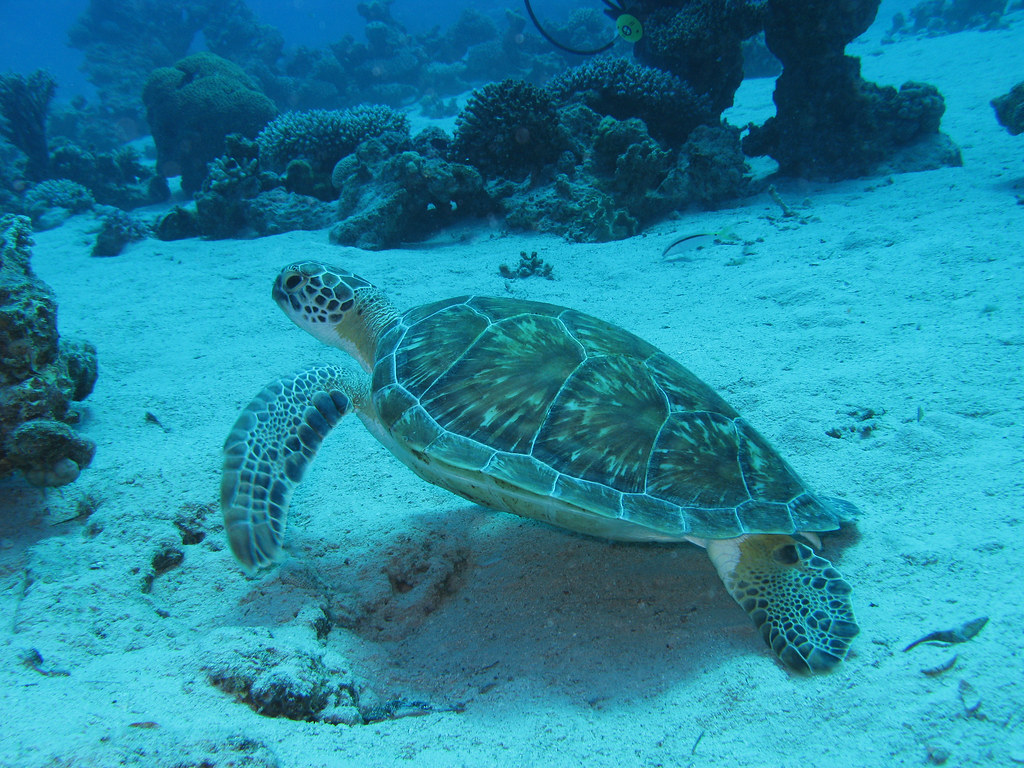
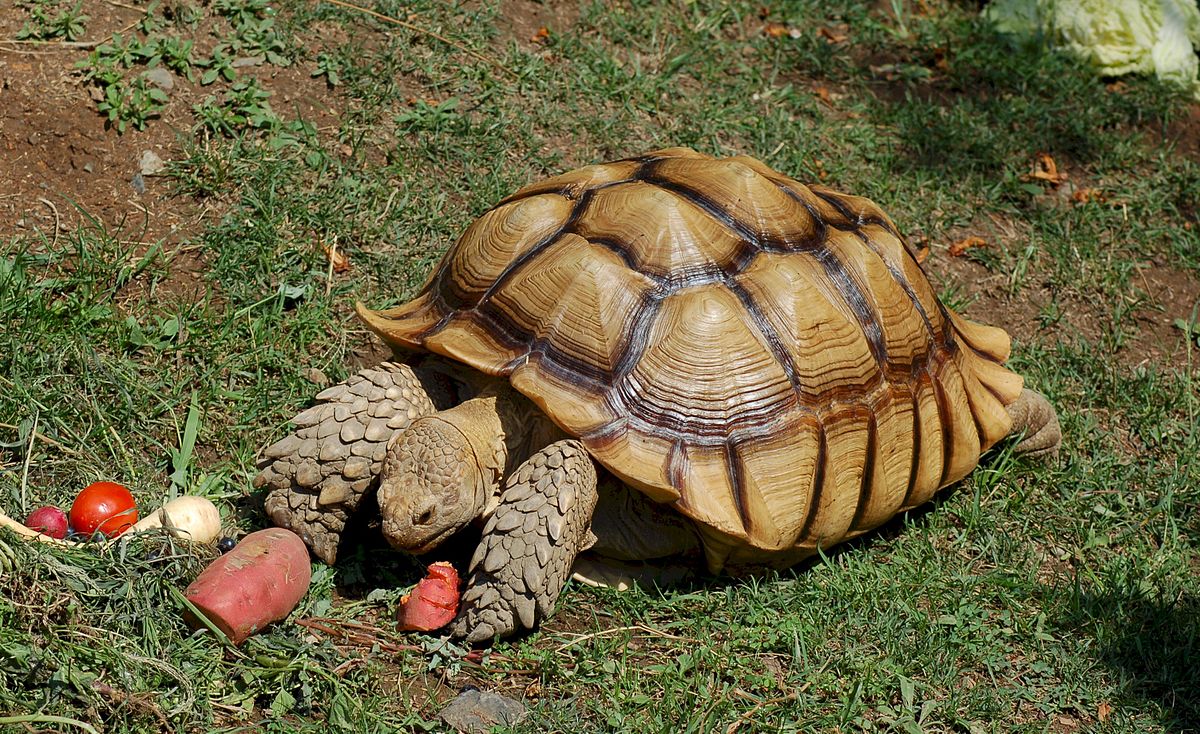
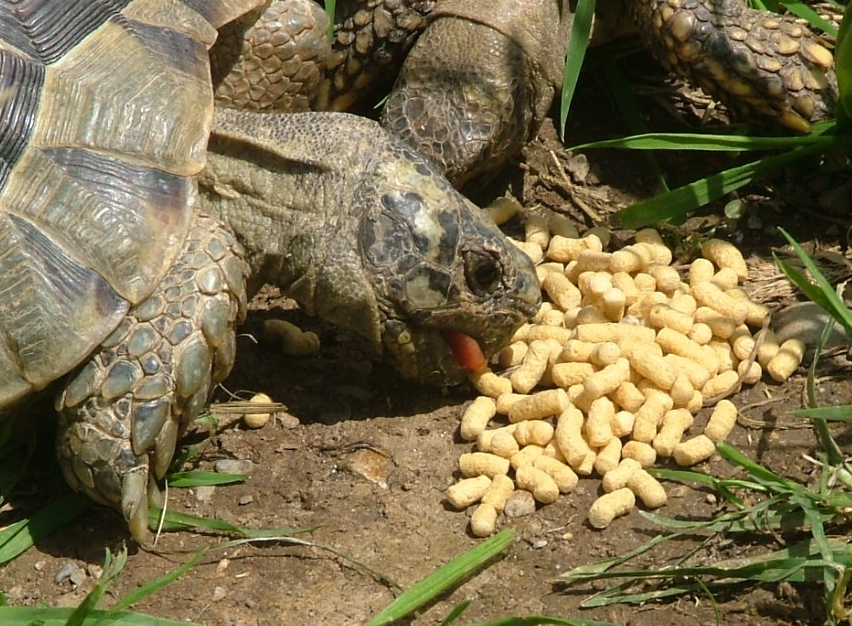


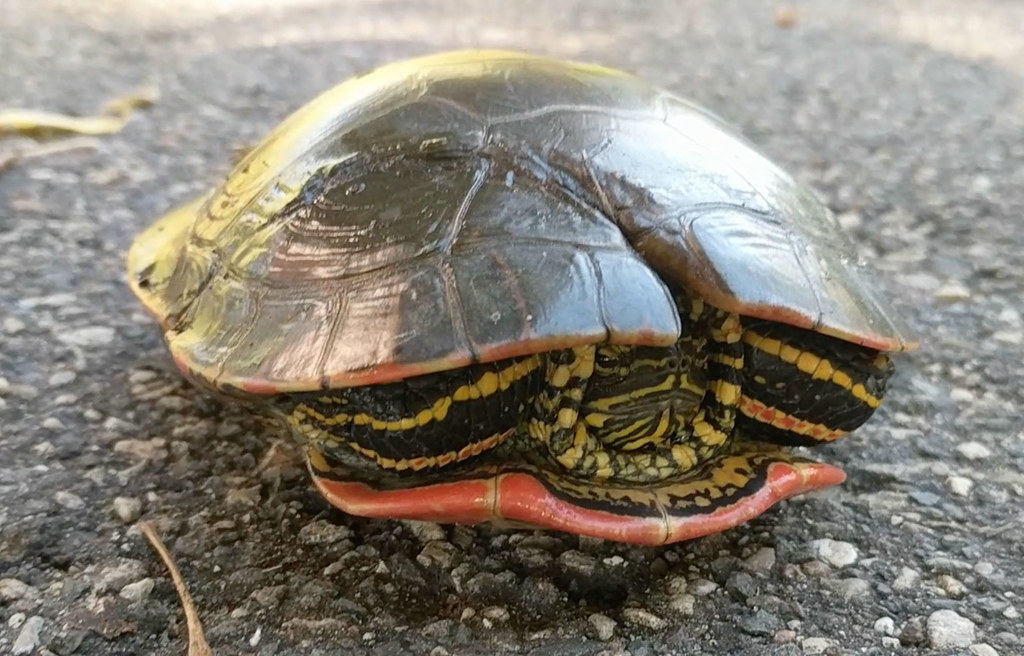
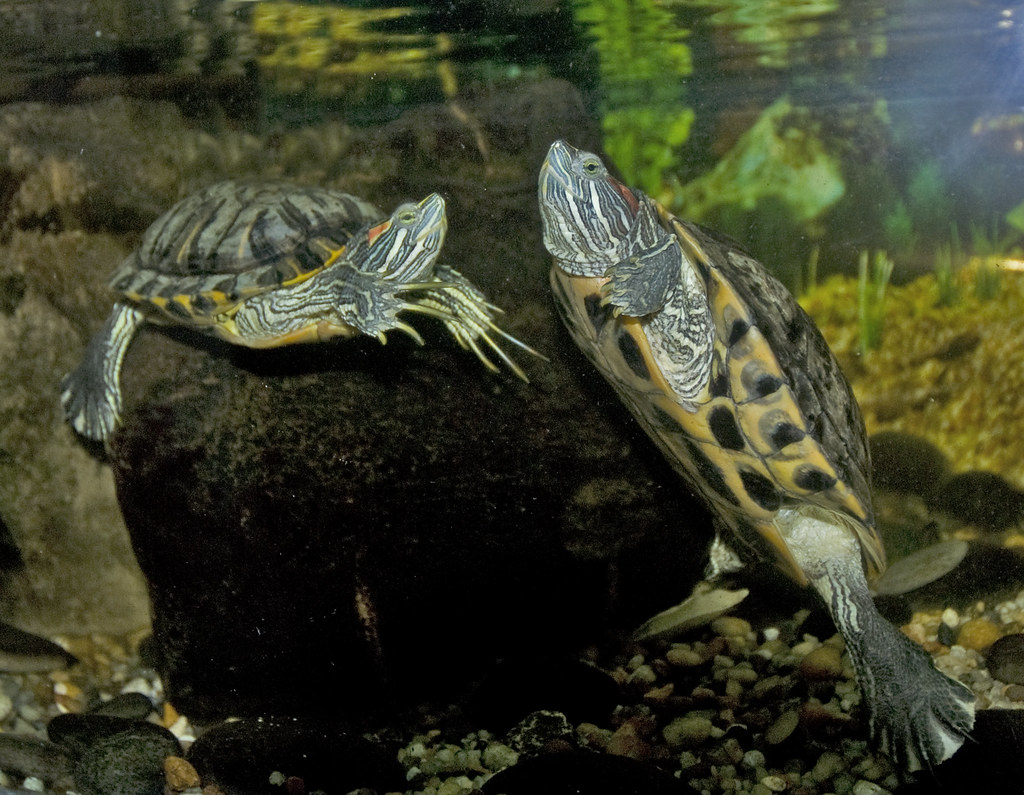
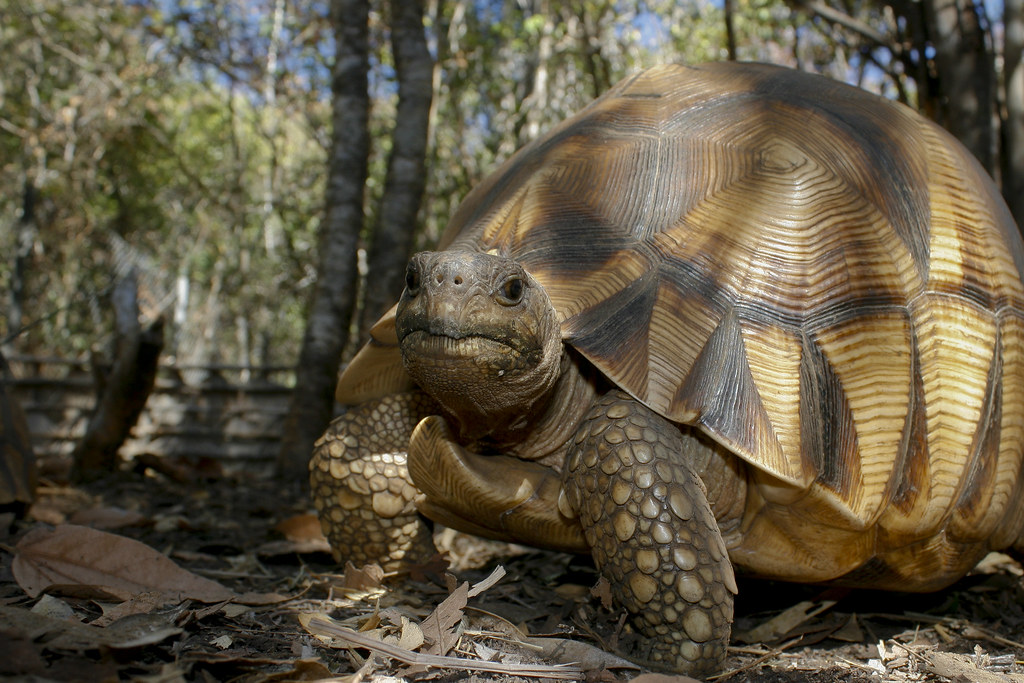




Leave a Reply